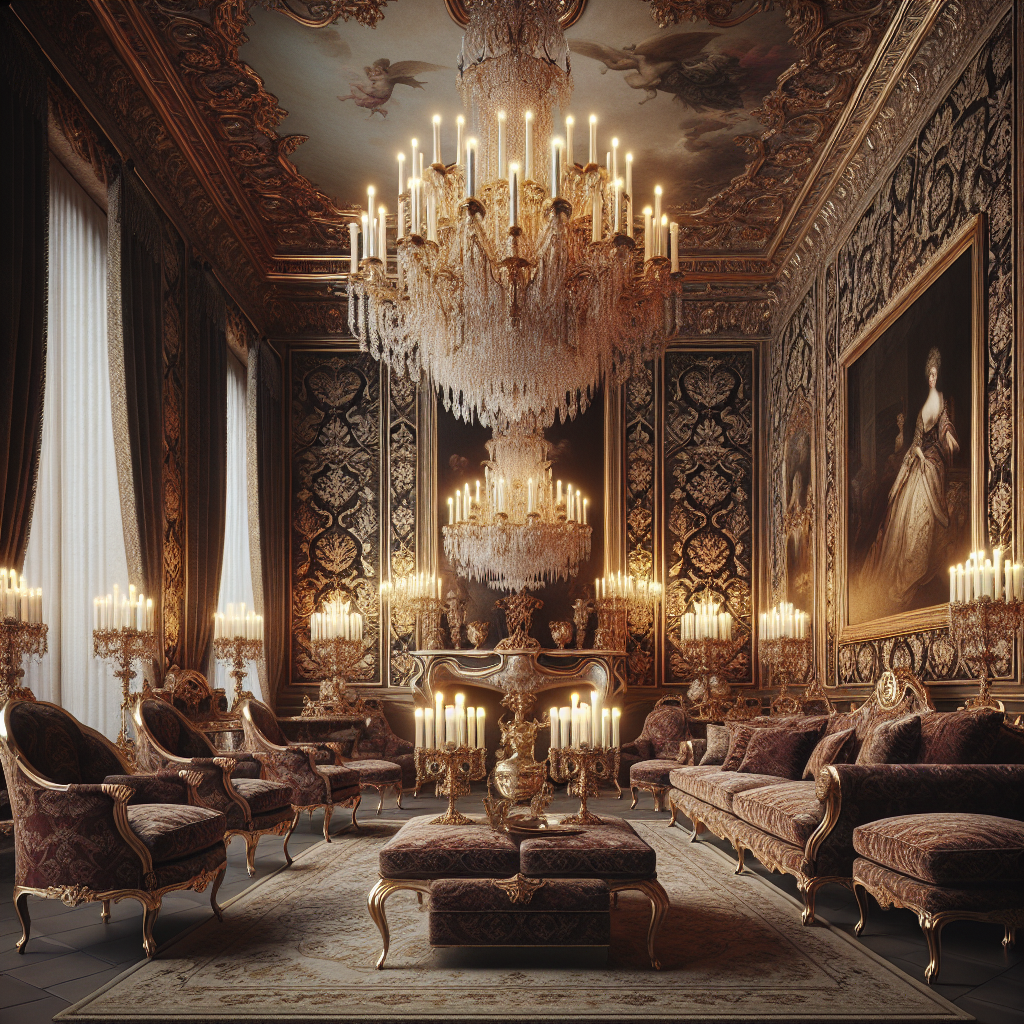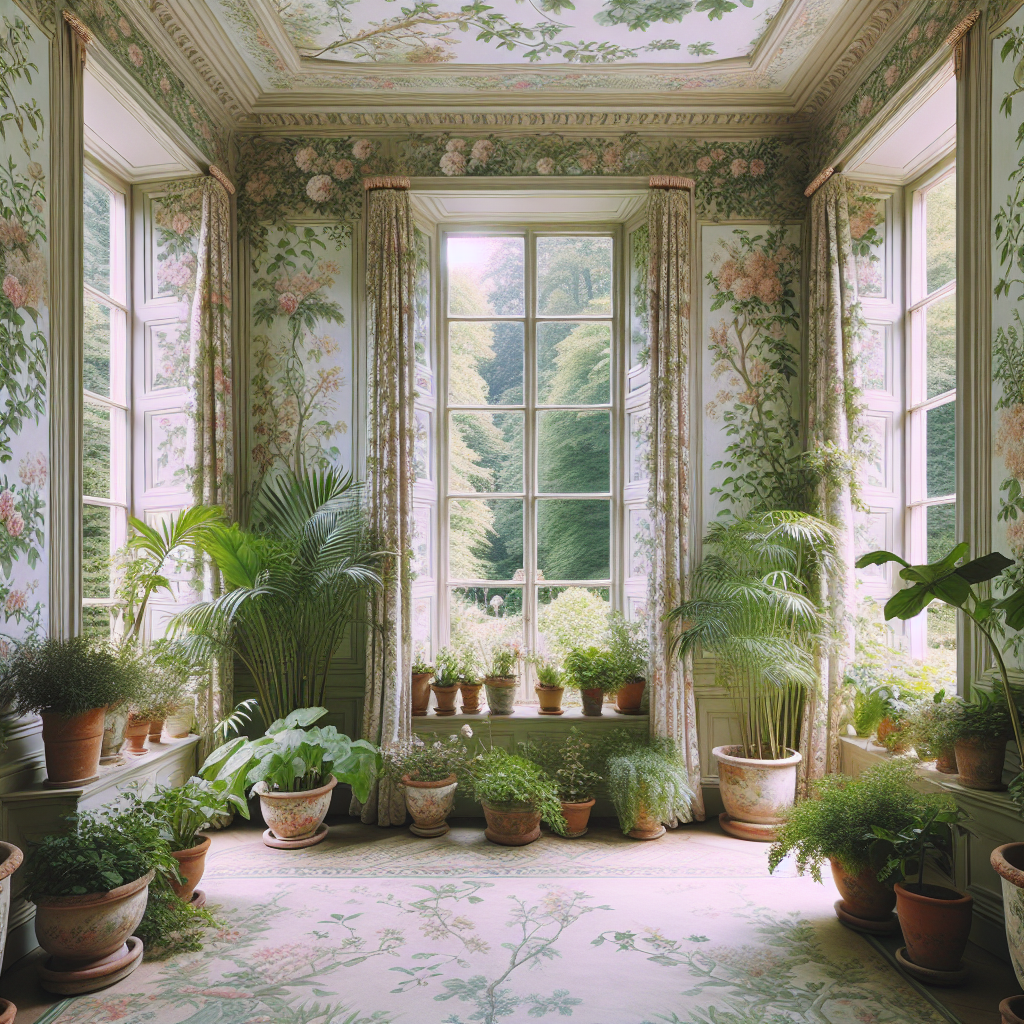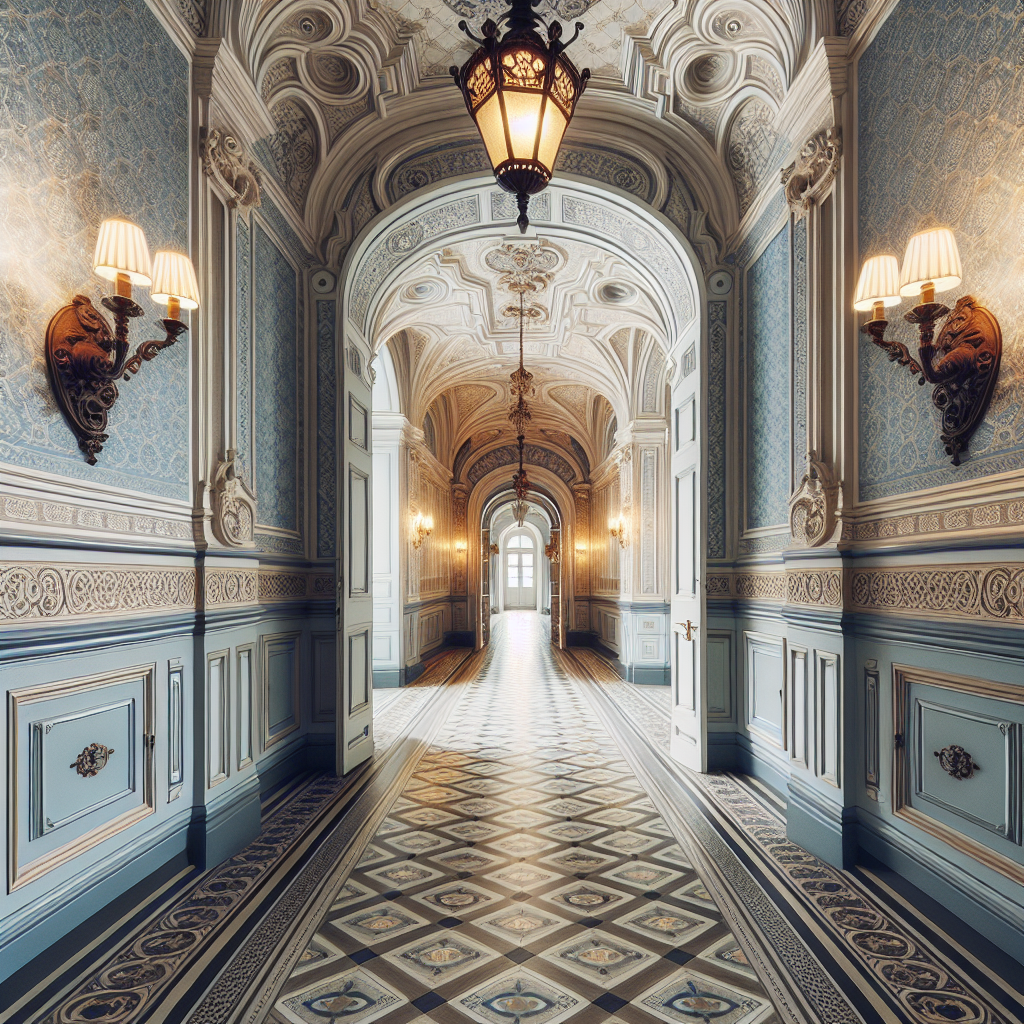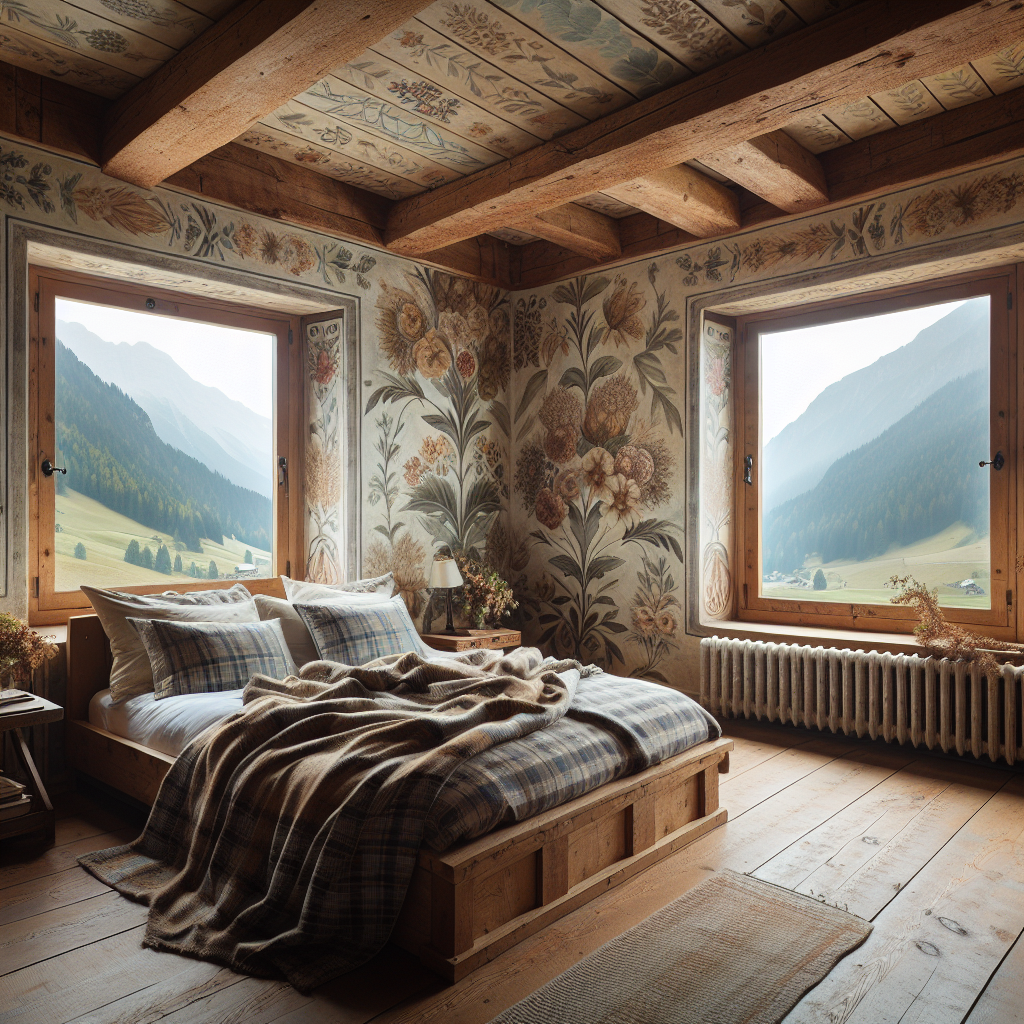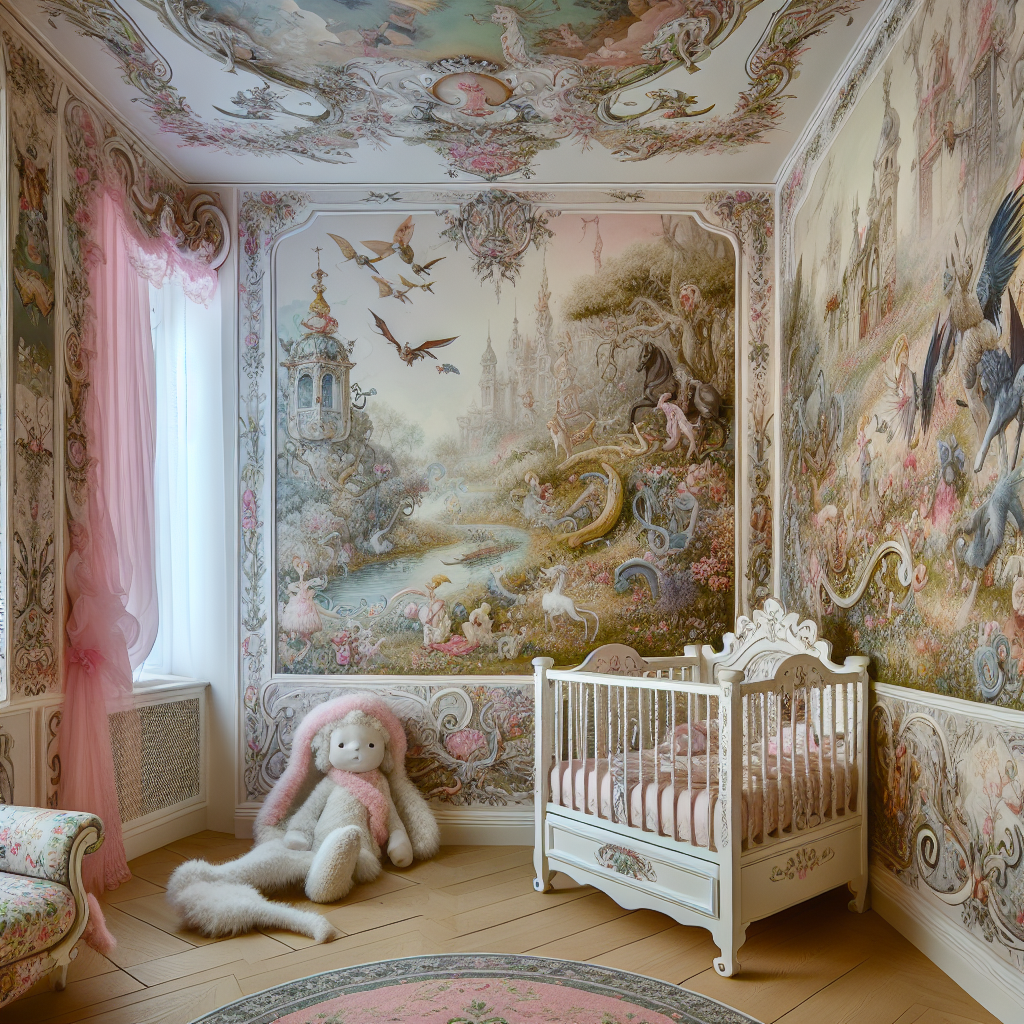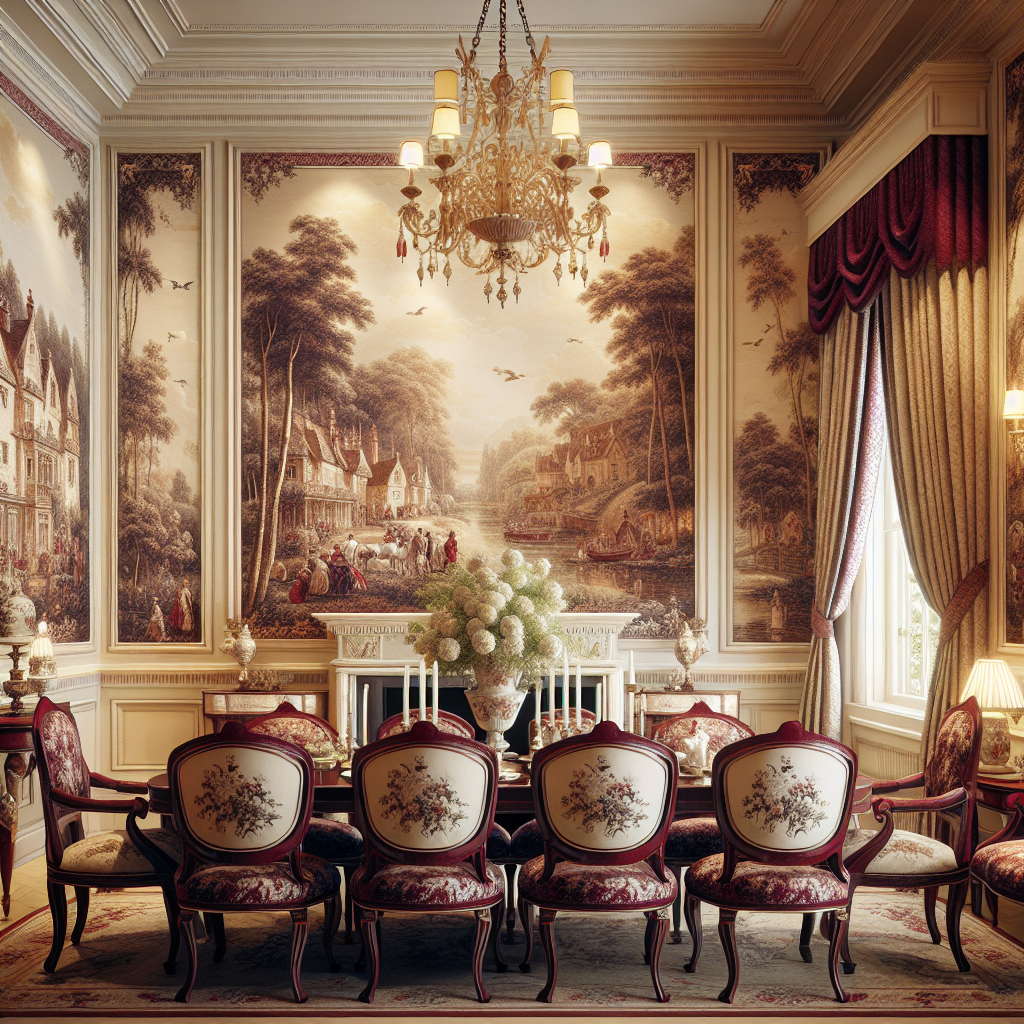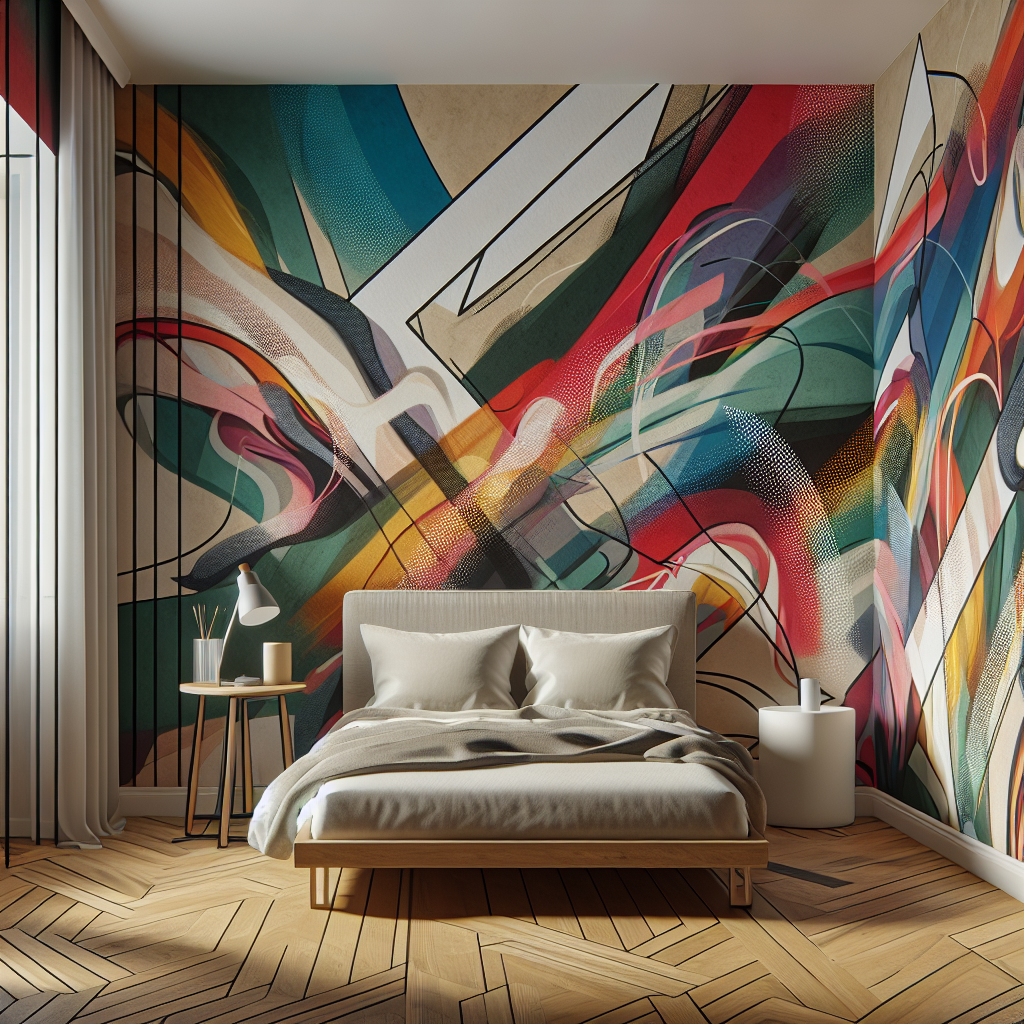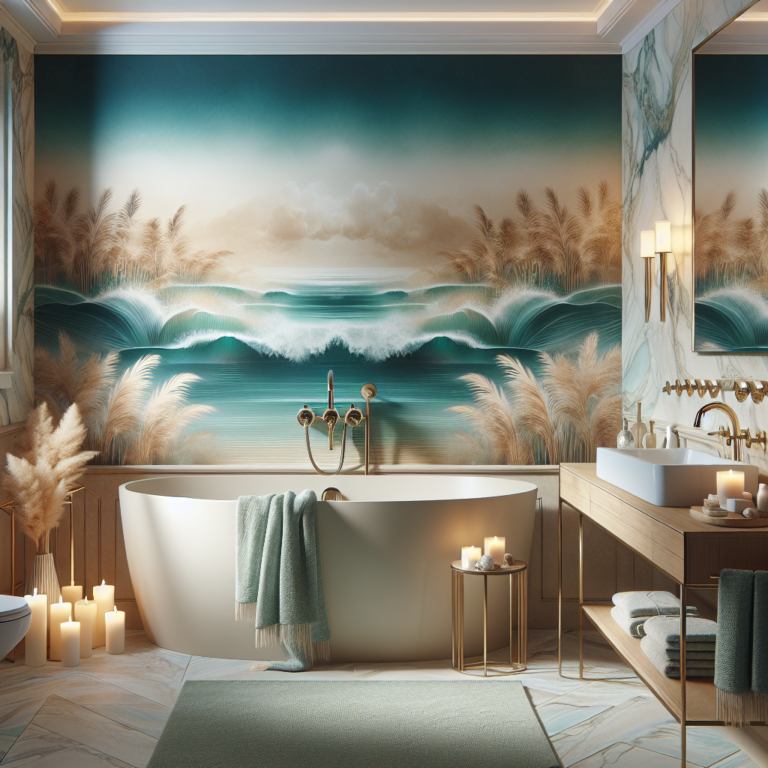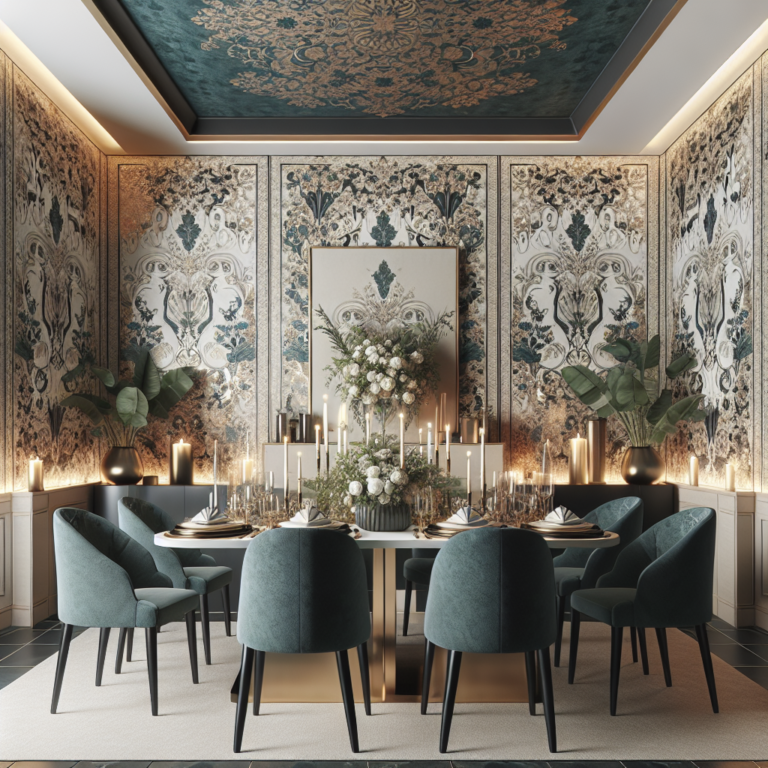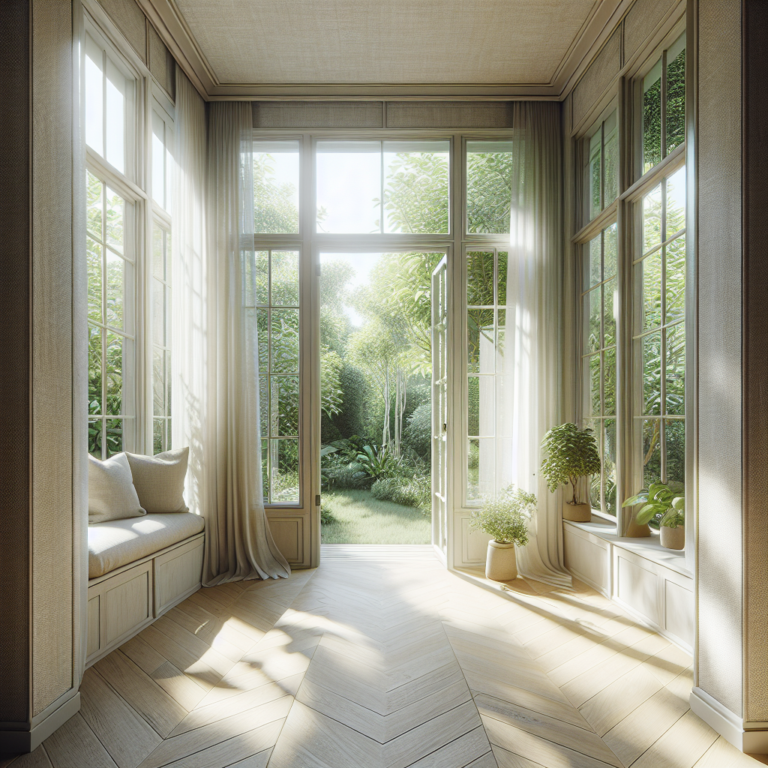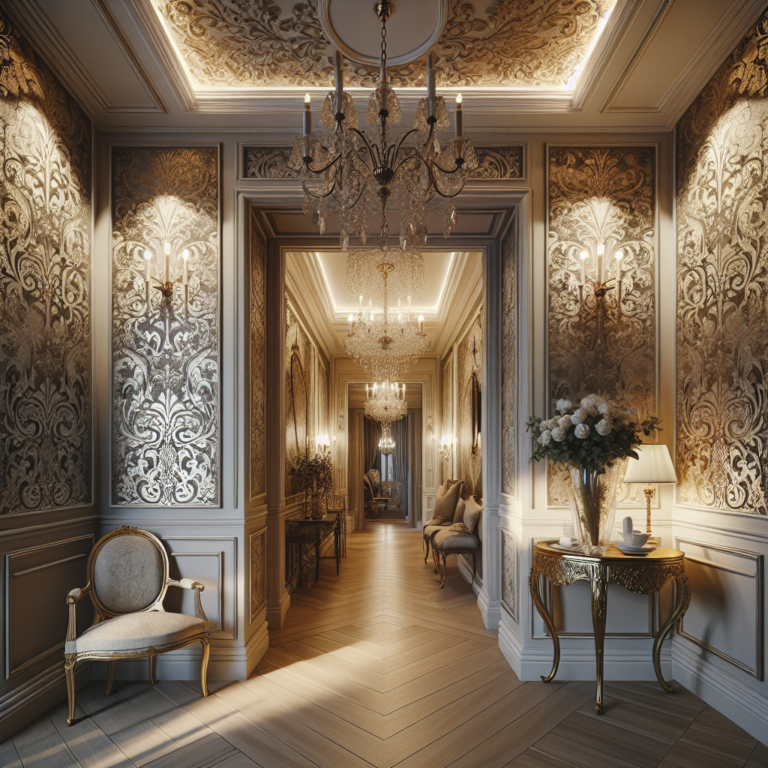18th-Century European Wallpaper Trends You Can Use Today
Introduction to 18th-Century Wallpaper Trends
The 18th century was a remarkable time for wallpaper, especially in Europe, where intricate designs and vibrant colors transformed interiors. Wallpaper evolved from simple painted walls to a refined art form, showcasing the tales and values of the era. The styles that gained prominence during this century not only displayed the artistic tendencies of the time but also highlighted the sociocultural context of European societies. Today, we find ourselves revisiting these wallpaper trends, as modern designs often nod back to those rich historical roots.
This article dives into the wallpaper trends of the 18th century, providing insights on how you can embrace these styles in your own home. Whether you’re a fan of floral motifs, damask patterns, or the classic chinoiserie, there’s something timeless about these designs that can enhance any contemporary space. Let’s explore how to incorporate these trends effectively without turning your home into a museum.
Floral Patterns: A Nod to Nature
Floral wallpaper was all the rage in the 18th century, often inspired by the natural beauty surrounding aristocratic homes. Designers showcased sprawling bouquets and delicate blossoms that celebrated the elegance of nature. Imagine stepping into a salon adorned with lush green gardens, blooming roses, and exotic florals blooming across the walls. The vibrancy of these patterns added life to rooms, making them feel more inviting and warm.
To bring a piece of this luxurious floral elegance into your home, consider wallpapers that feature large-scale floral prints with a modern twist. You don’t need to stick to faded pastels; bold colors can create a dramatic effect. Combine these patterns with neutral furnishings to let the wallpaper stand out while keeping the overall aesthetic balanced. Mixing contemporary decor with vintage wallpapers results in a visually stunning contrast that resonates well with today’s trends.
Damask: Timeless Elegance
Damask patterns, characterized by their ornate and symmetrical designs, were highly favored in the 18th century. These patterns exuded a sense of luxury and sophistication, often used in the grand halls of European palaces. The interplay of light and shadows in damask fabrics was remarkable, creating depth that captivated anyone who glimpsed it. Similarly, damask wallpaper has retained its charm, representing timeless elegance in any interior setting.
Chinoiserie: Exotic Allure
Chinoiserie, a style that mirrors Chinese artistic influence, became a cornerstone in 18th-century wallpaper design. It features fanciful imagery, including dragons, pagodas, and lush landscapes, all painted with exquisite attention to detail. Though it emerged from a fascination with the East, chinoiserie managed to blend seamlessly into European aesthetics. This unique adaptability made it a favorite for many aristocratic homes across Europe.
Geometric Patterns: A Modern Twist
While florals and damask were dominating the wallpaper scene, geometric patterns also emerged in the 18th century as a way to convey elegance through symmetry and order. These patterns commonly reflected the architecture of the time, emphasizing clean lines and a sense of balance. The use of flat colors and repeated shapes gave geometric wallpapers an air of modernism that remains appealing even today.
Color Schemes: Rich and Vibrant
The color palettes of 18th-century wallpapers were often rich, reflecting the opulence of the era. Jewel tones like deep reds, emerald greens, and vibrant blues were frequently used to create a sense of warmth and dynamism. These colors did more than just beautify spaces; they encapsulated the spirit of wealth and sophistication, making any room feel more inviting and luxurious.
Textures and Materials: The Layering Effect
The 18th century wasn’t just about the visuals; it was also about the touch. Textured wallpapers that created a layered effect were common, adding depth to walls that flat colors simply couldn’t achieve. These textures, often a blend of fabric and embossed designs, brought an element of tactile beauty, making them irresistible to anyone who appreciated fine décor.
Incorporating 18th-Century Styles into Modern Homes
Now that we’ve explored the captivating wallpapers of the 18th century, let’s discuss how to incorporate these styles into contemporary homes. One effective approach is to select specific elements from various styles, creating a personalized blend that resonates with your taste. You can mix and match influences from florals, damask, and chinoiserie to find combinations that feel both cohesive and unique.
Conclusion
FAQs
What are some popular 18th-century wallpaper designs?
Some popular designs include florals, damask, chinoiserie, and geometric patterns. Each of these styles brings a unique aesthetic that can enhance modern interiors while paying tribute to historical roots.
How can I incorporate vintage wallpaper into my contemporary home?
To incorporate vintage wallpaper, consider applying it to statement walls or in smaller spaces. Mix it with modern furnishings to create an eclectic look that still feels cohesive. Balance bold wallpaper with neutral decor to avoid overwhelming the space.
Are there modern wallpapers that mimic 18th-century styles?
Yes, many contemporary wallpaper brands offer designs inspired by 18th-century styles, such as reproduction damask and floral patterns. Look for textured options that imitate historical fabrics for an authentic feel.
What color schemes are associated with 18th-century wallpaper?
Rich and vibrant jewel tones like deep blues, greens, and reds are characteristic of 18th-century wallpaper. These colors create warmth and elegance, perfect for achieving a luxurious ambiance in modern settings.
Can I mix different wallpaper styles in one room?
Absolutely! Mixing different wallpaper styles can create a dynamic and personalized look. Just be sure to maintain a cohesive color palette to unify the designs and provide visual harmony in the space.
Below are some great examples of these types of designs: